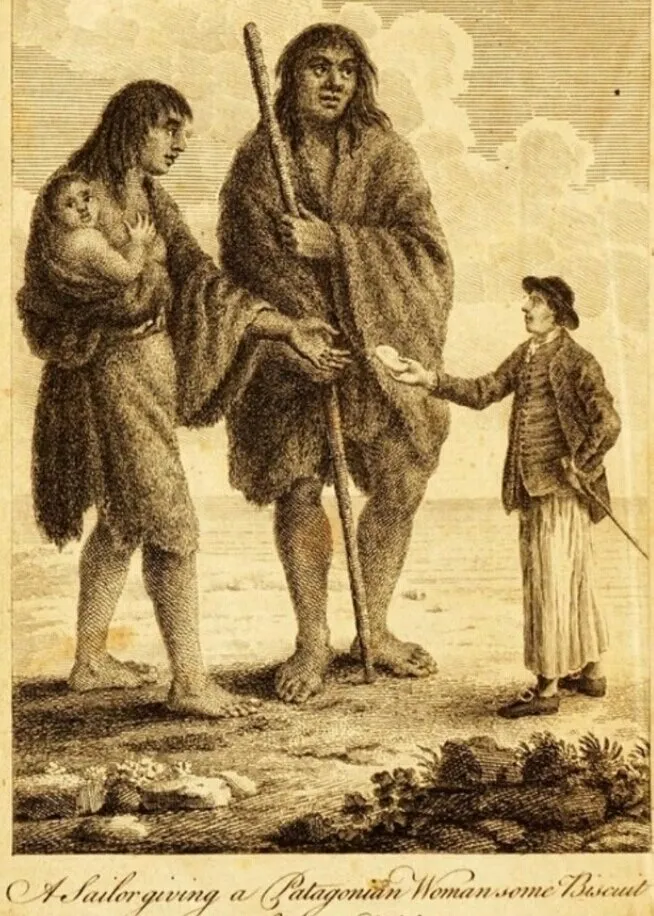Peru’s 16th-Century Giants: Myths Meet Reality
There is a special area on our planet where there are especially many stories and legends about people of great stature. Moreover, these stories are not thousands of years old, but only a few hundred.

Stories about the giants of ancient Peru have been known since the 16th century, when the first Spanish conquistadors arrived in this region.
One of the earliest reports of Peruvian giants is the story of the conquistador Pedro Cieza de León, described in the folio Comentarios reales de los incas, Volume 1, written by the Peruvian man of letters Inca Garcilaso de la Vega. Cieza de León apparently did not see the giants with his own eyes, but he spoke with those who did see them.

In his report, he described how once upon a time, people of great stature sailed on their large rafts from the reeds to the shore where the village of the local natives was located. The village was located on the Santa Elena Peninsula, which is now the territory of Ecuador.
The giants disembarked from the rafts on the peninsula and set up camp near the conquistadors. Apparently, they decided to settle here for a long time, because they immediately began to dig deep wells to extract water from them.
“Normal men reached their knees…”
The story continues:

“Some of them were so tall that a normal-sized man would barely reach their knees. Their limbs were proportionate to their bodies, but their huge heads with shoulder-length hair were monstrous. Their eyes were huge as saucers and their faces were beardless.
Some of them were dressed in animal skins, but some were in their natural state (without clothing). Not a single woman was to be seen among them. When they set up camp, they began to dig deep wells to obtain water. They dug them in stony ground and then built strong stone wells. The water in them was excellent, it was always fresh and tasted good.”






